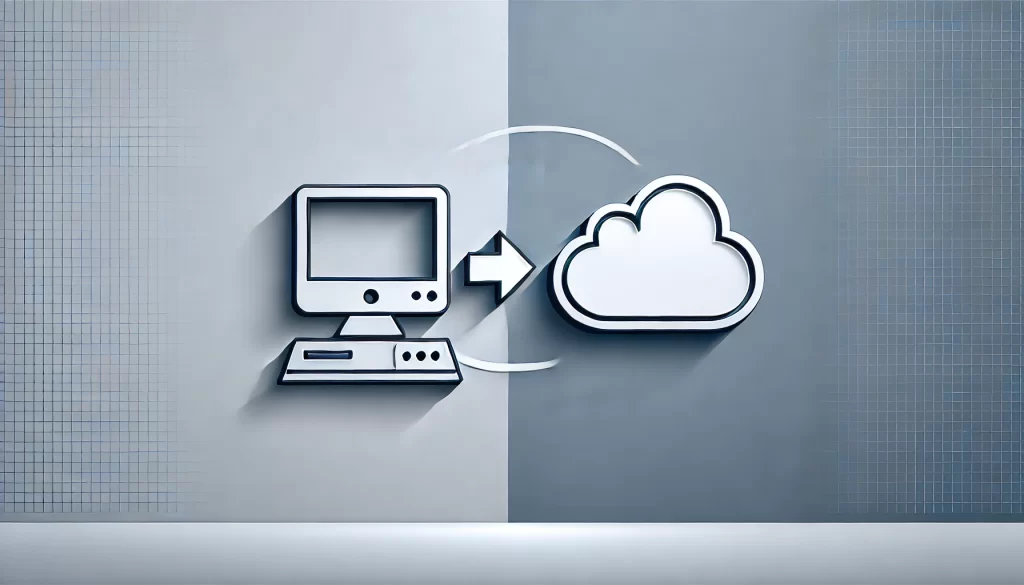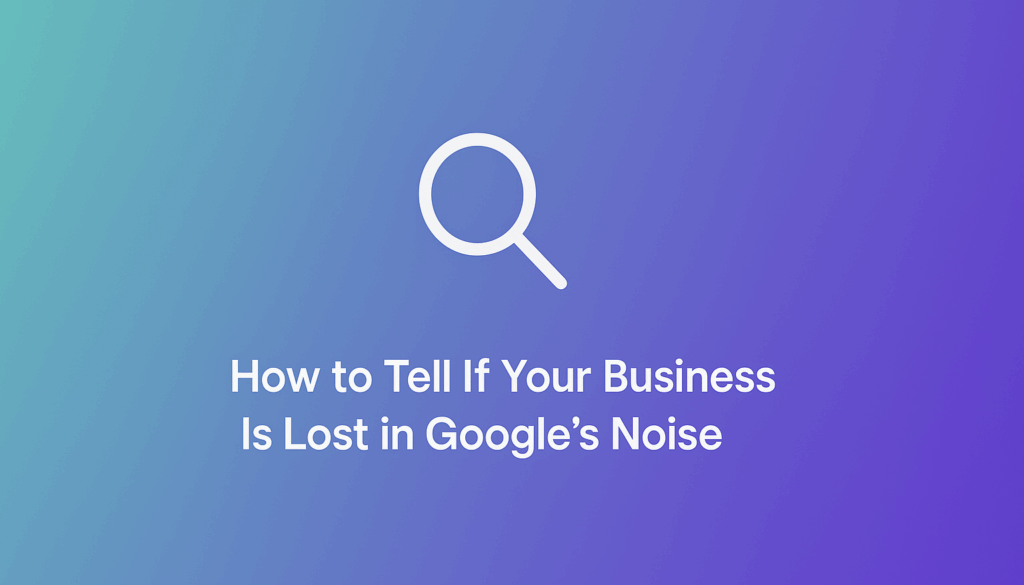Personal computers once cost as much as cars. Computers now surround us everywhere, and older desktops still hold much value. Many businesses and people choose to sell their used desktops rather than throw them away. This choice has created a thriving secondary market for computer hardware.
The pre-owned computer market keeps expanding. You have multiple options to sell used computers, from local retailers to online platforms. These choices make it easier to sell old desktop computers while supporting environmentally responsible technology practices.
Contents
Computing Access Evolution
Computing has evolved from an exclusive technology to a tool everyone can use. Computers filled entire rooms and needed specialized knowledge to operate in the 1960s. Today, computing power reaches more than two billion PCs worldwide.
From Specialized Access to Universal Computing
The move from specialized to universal computing came through the most important technological breakthroughs. Only mathematicians and engineers used computers in laboratory settings before 1965. Personal computers altered the map. These developments stand out:
- Desktop computers for public use
- Mobile computing devices
- Cloud-based services
- Artificial Intelligence integration
Democratization of Technology
Technology’s democratization has made computing available to users of all types. More people can now use sophisticated technological products because of this change. Cloud computing serves as a powerful equalizer that lets businesses of all sizes access advanced technology.
If you plan to join this technological progress, many options exist to sell used desktop computers. Older systems keep their value in the secondary market. Selling used desktops through specialized channels makes good business sense.
Impact on Education and Skills
Technology and education now work hand in hand to create remarkable changes. 59% of middle school students see better grades and test scores through digital educational tools. The educational technology market will grow to USD 342.00 billion by 2025.
Digital tools have changed how we learn. We have a long way to go, but we can build on this progress – less than 10% of schools have advanced technologies like AR and AI in classrooms. Students now have 24/7 access to educational resources. This access creates individual-specific learning paths and better ways to work together.
The computing field continues to broaden across gender, race, ethnicity, and age groups. This inclusivity sparks new ideas and opens doors for technological advancement. Companies now actively seek diverse talent, including people with disabilities, for technical roles.
Business Model Transformations
Technology business models have changed dramatically over the last several years since computing began. Major tech companies have altered their revenue strategies from simple hardware sales to complex service offerings.
Hardware Sales to Services
Technology companies have experienced a fundamental change from hardware-focused operations to service-oriented solutions. IBM exemplified this transformation by moving away from traditional hardware manufacturing to software and AI services. This strategic decision helped organizations create steady revenue streams through digital services instead of one-time hardware purchases.
Pay-Per-Use Computing
Pay-per-use models have changed how businesses access technology. 90% of organizations implement some form of digital transformation. Both providers and customers benefit from this change:
- Reduced upfront costs for businesses
- Flexible scaling options
- Usage-based billing
- Improved resource allocation
Businesses can now sell used desktop computers and switch to cloud-based solutions. This reduces their hardware dependencies while they maintain operational efficiency.
Digital Business Models
Modern digital business models emphasize continuous improvement and customer value. Organizations utilize technology within specific industry contexts to stimulate sustainable growth. The changes go beyond simple digitization – 84% of software companies have adjusted their pricing models to adapt to market changes.
Cloud computing has become a vital enabler that allows businesses of all sizes to access advanced technologies without major infrastructure investments. Technology’s democratization allows companies to try new revenue models and service offerings.
Workplace Computing Changes
Workplace technology has changed remarkably since the 1950s. Office and administrative support positions grew from less than 12% of US employment in 1950 to peak at 17% by 1980. Digital innovations altered the map of office work.
Office Automation Experience
Digital processes revolutionized office operations. Computers raised skill requirements for office positions, which led to a 3% wage growth for college-educated women in support roles. Many organizations upgraded their systems and sold their used desktop computers to accommodate newer technology.
Remote Work Progress
The COVID-19 pandemic sped up workplace transformation. 93% of companies moved to remote work, while 62% adapted to rising online service needs. This digital change pushed businesses toward cloud solutions and virtual workspaces. Organizations modernizing their infrastructure discovered opportunities to sell used desktop computers near me through specialized buyers.
Collaborative Tools Development
Digital platforms form the core of modern workplace cooperation. 80% of workers used collaboration tools in 2021, up from 50% in 2019. Essential tools that enhance office communication include:
- Microsoft Teams for unified communications
- Slack for instant messaging
- Zoom for video conferencing
- Google Drive for file sharing
Cloud-based platforms have removed traditional barriers. Teams now work together across time zones and locations effortlessly. Work patterns have permanently changed, and hybrid models have become standard practice.
Security and Privacy Evolution
Security concerns have evolved dramatically since computing began. Technology’s advancement into cloud environments has created more sophisticated threats for organizations.
Physical to Digital Security
Physical and digital security have joined to fundamentally change protection strategies. Companies experienced revenue losses of USD 1.00 trillion from physical security incidents 2022. Data breaches now cost companies an average of USD 4.45 million. Many organizations sell their used desktop computers to certified data destruction specialists when upgrading their security infrastructure.
Data Protection Changes
Building customer trust in cloud computing depends on privacy protection. Organizations must protect data stored in data centers worldwide. Here’s what matters most for privacy:
- Data encryption requirements
- Access control mechanisms
- Regulatory compliance
- Cross-border data transfers
- Third-party vendor management
- Modern Security Challenges
Cybersecurity faces unprecedented pressure today. 93% of companies moved to remote work over the last several years. This change created new security vulnerabilities. Bad actors now target physical and digital assets, making integrated security vital.
Conclusion
Computing has come a long way from its early days. Once used by specialists, room-sized machines have become part of our everyday lives. This transformation revolutionized business models, workplace dynamics, and security practices.
Cloud computing has changed everything by making advanced technology available to more people. Companies now choose flexible, service-based models rather than investing in traditional hardware. Digital collaboration tools connect teams worldwide, making remote work the new normal.
Security is paramount as companies protect their physical and digital assets. Modern businesses must balance data protection, streamline processes, and adapt to new threats.
The market for used computer hardware keeps expanding. Many companies sell their used desktops to support green practices. This strategy helps them upgrade their systems and get value from older equipment.
Technology becomes easier to access every day. Businesses of all sizes can join the digital revolution without huge investments. The future points to deeper integration of cloud services, AI, and shared tools in any discipline.
Shahzad Ahmad Mirza is a web developer, entrepreneur, and trainer based in Lahore, Pakistan. He started his career in 2000 and founded his web development agency, Designs Valley, in 2012. Mirza also runs a YouTube channel, “Learn With Shahzad Ahmad Mirza,” where he shares his web programming and internet marketing expertise. He has trained over 50,000 students, many of whom have become successful digital marketers, programmers, and freelancers. He also created the GBOB (Guest Blog Posting Business) course, which teaches individuals how to make money online.




